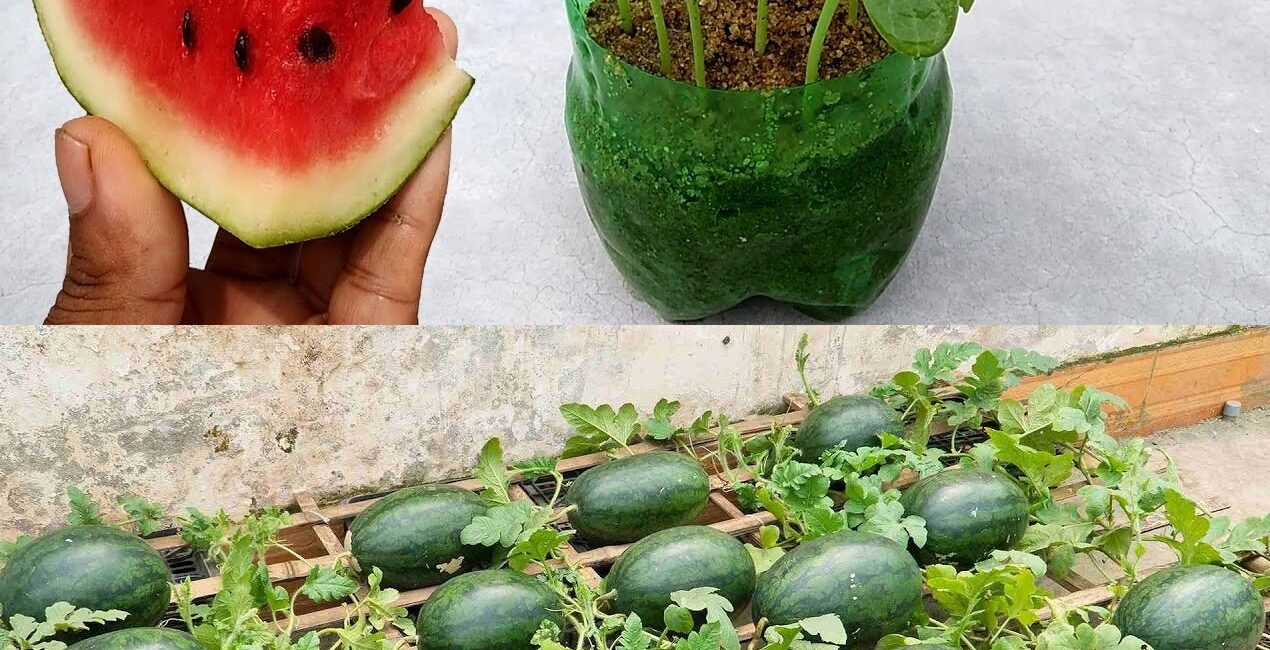Imagine biting into a juicy, homegrown watermelon on a hot summer day. The satisfaction of harvesting a delicious fruit you nurtured yourself is unmatched. But is watermelon something you can grow at home? Absolutely! With a little planning and the right method, you can enjoy refreshing watermelons straight from your garden.
This guide explores two fantastic methods for growing watermelon at home, catering to different gardening styles and spaces. So, whether you’re a seasoned green thumb or a curious beginner, there’s a perfect watermelon-growing method waiting for you!
Method 1: Spreading Sunshine – The In-Ground Approach
For gardeners with ample space, the in-ground method allows your watermelon vines to sprawl freely and soak up the sunshine. Here’s what you’ll need:
- Seeds: Choose a variety suited to your climate. Seed packets often indicate ideal growing zones.
- Sunny location: Watermelons crave at least 8 hours of direct sunlight daily.
- Well-draining soil: Amend your soil with compost or aged manure for optimal drainage and nutrients.
- Row cover (optional): Protects young seedlings from unexpected chills.
- Mulch: Helps retain moisture and suppress weeds.
Planting Steps:
- Prepare the soil: Till your chosen area to a depth of 8-10 inches, ensuring good drainage. Test your soil’s pH and adjust if necessary (watermelon prefers a pH between 6.0 and 6.5).
- Plant seeds: Once the soil temperature reaches at least 70°F (21°C), sow seeds directly outdoors. Plant them 1 inch deep, spaced 3-4 feet apart in rows 6-8 feet wide.
- Germination and care: Keep the soil consistently moist during germination. Once seedlings emerge, thin them to the strongest plants per spot. Water deeply but infrequently, allowing the soil to dry slightly between waterings. Apply a layer of mulch around the base of the plants to retain moisture and suppress weeds.
- Pollination: Watermelons require hand pollination for fruit set. When male and female flowers appear (male flowers have a single stamen, female flowers have a small fruit at their base), gently transfer pollen from the male to the female flower using a cotton swab.
- Harvest: Watermelons are ready to harvest when the underside turns creamy yellow and a gentle thump sounds hollow.
More on page 2




